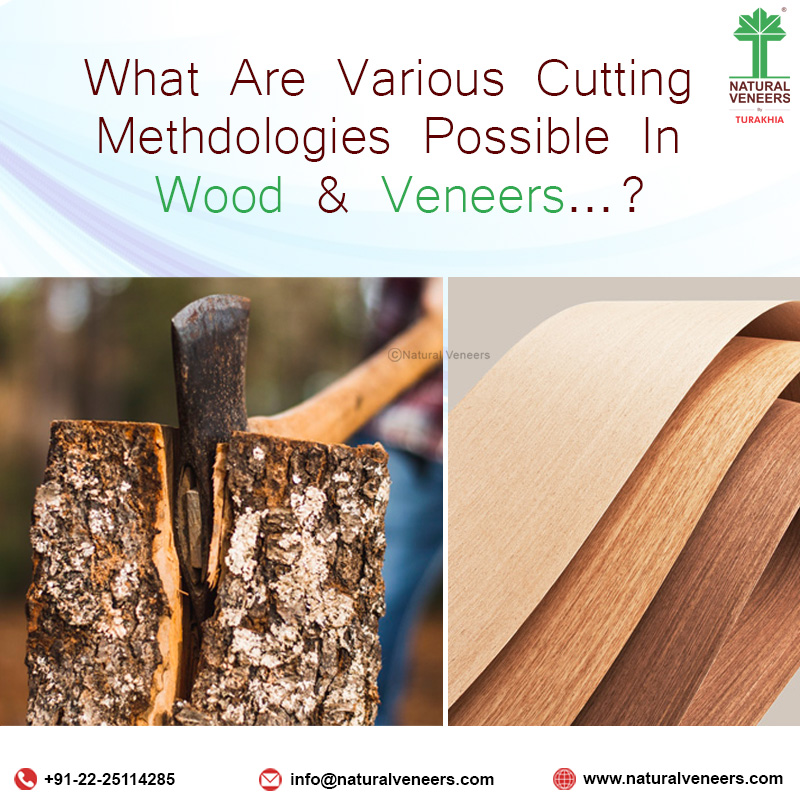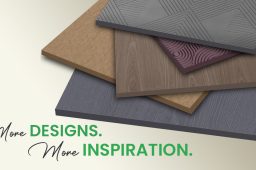What are Various Cutting Methodologies Possible in Wood & Veneers…?
- May 27, 2019
- by
- Team Natural Veneers by Turakhia
Wood veneer is the finest look of wood. Wood veneer is being cut a terribly very skinny layer from a tree log. Cutting the solid wood produces additional waste than cutting veneer. Totally different ranges of veneers in shades, colors and textures are obtainable within the market. They will be employed in interior decoration. They’re additionally employed in the residential, building and workplace comes.
The size of the log, the species of wood, the specified grain pattern and alternative factors confirm which kind of cut is created to make wood veneer. There are distinct strategies for cutting veneer from hardwood logs. Following are the varied veneer cutting methodologies:
Rotary Cut Veneer:
The log is turned around its axis and naked as a jaybird off sort of a carpet roll. Since this cut follows the log’s growth rings, a daring varicolored grain marking is made. The veneer sheets turn out exceptionally wide. It’s the smallest amount pricy veneer vogue. Rotary cut veneer may be a value effective technique to get outstanding effects from birch, maple, and oak.
Crown Cut Veneer:
Crown cut veneer is a common veneer cutting technique. The 0.5 logs are positioned with the guts facet against the flitch table. Slicing is completed parallel to a line through its center. This cut produces a light-weight particolored and a particular pattern. The slices obtained by this technique are perpetually uniform. This technique is moderately priced and is accessible for many species of wood.
Quarter traditional Cut Veneer:
This technique of veneer cutting produces a series of straight lines. The quarter log is mounted on the flitch table such as the logs growth rigs hit the blade at the proper angle.
Quarter Rift Cut Veneer:
In this cut, the rotation speed of the log is set by the log size, its shape, specific options of the species of wood and also the thickness of the veneer sheets. The cut is completed at a slide angle from the position of the quarter log. This technique leads to a comb or rift grain impact.
The important point to be noticed is, Wood can be sliced and converted to veneers through various cutting methodologies like quarter slicing, rotary slicing, rift quarter slicing, etc.
The veneer should be sliced minimum at 0.5 mm thickness per global standard. It can be sliced to higher thickness like:
0.8mm/1mm/1.2mm/1.5mm/2mm as per the custom application requirement.
Need More Info:
Visit our Website: https://www.naturalveneers.com/
Call us: +91-22-25114285
Email:
[email protected]






























